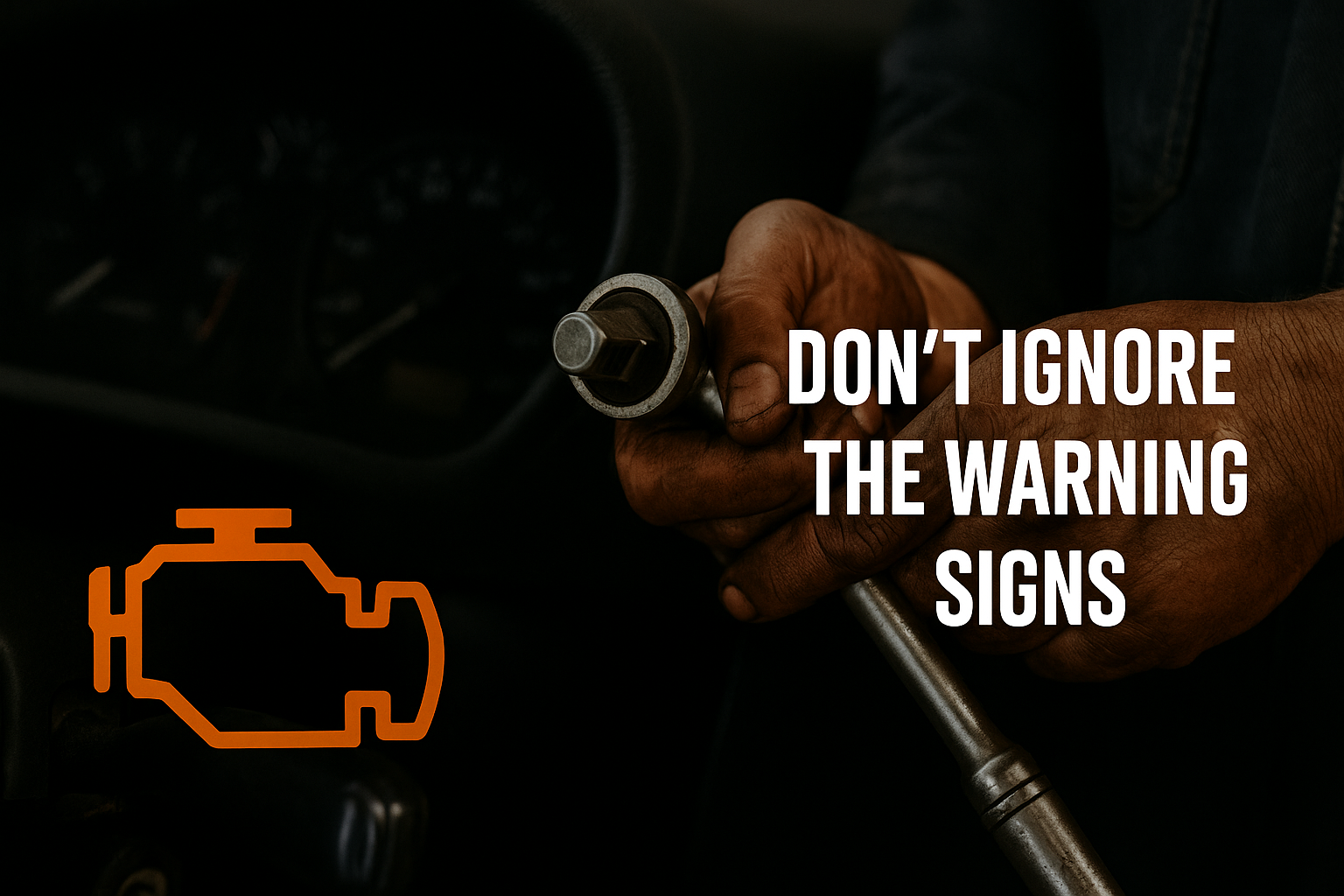
Your Body Has Warning Lights Too
You wouldn’t drive cross-country with your check engine light on. But most men go through life with warning signs flashing in their own bodies—and do nothing about it.
The body sends signals the same way a dashboard does. The problem is, we know the machines more than we know ourselves.
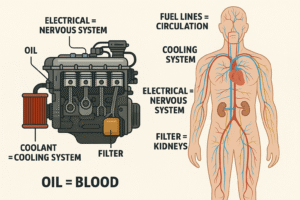
The Body is the First Machine You Own
Long before you grabbed a wrench or slid under a chassis, you were already working with your first machine—your body.
It’s got:
Fuel lines (circulatory system)
Cooling system (hydration + thermoregulation)
Electrical wiring (nervous system)
Wear points (joints and muscles)
Neglect one of them, and performance tanks—fast.
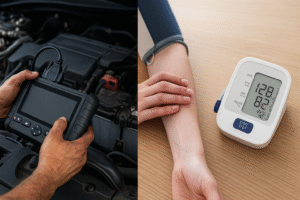
Routine Diagnostics Keep You Running
Nobody waits until the truck seizes to check the oil. Same goes for your body.
Your diagnostics:
Blood Pressure = Hydraulic Pressure
Blood Sugar = Fuel Balance
Cholesterol = Oil Viscosity in the Lines
Resting Heart Rate = Idle Speed
These numbers don’t tell the whole story—but they give you a damn good snapshot of how your system’s handling the load.
Check them. Track them. Adjust accordingly.

Prevent the Tow Truck
Nobody wants to be on the sidelines. Nobody wants to sit in an ER waiting on a verdict that could’ve been avoided.
The tow truck isn’t just the ambulance—it’s:
Time lost
Projects delayed
Quality of life stolen
Diagnostics give you leverage. You stay ahead of the failure. You pivot early, before the breakdown.
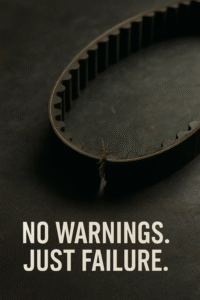
Feeling Fine Doesn’t Mean You’re in the Clear
Thinking you’re fine because you “feel fine” is how problems snowball.
A timing belt doesn’t always squeal before it snaps. A clogged filter hinders your performance.
Same with your body. You grind through the week, lift heavy, sweat hard—and feel nothing—until something gives.
Diagnostics (scan tool) don’t fix what’s broken. They spot the wear before the failure.
You already get this when it comes to tools and trucks. Time to apply it where it matters most.
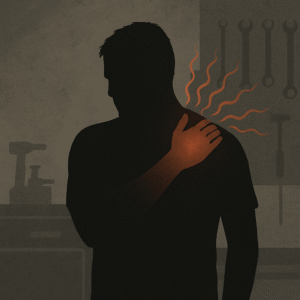
What Physical Tension and Stress Are Really Telling You
Misalignment causes excess wear on the vehicle. Machines don’t lie—and neither does your body.
That tightness in your back, stiff shoulders, trouble sleeping? That’s internal stress building up. Could be:
High blood pressure
Cortisol overload
Chronic inflammation
These don’t always show up on a chart—but they do show up in your posture, your sleep, your recovery time.
It’s not always injury. It’s wear and tear from the inside out.
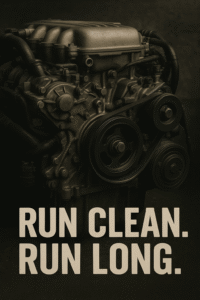
Bring It All Together
Machines run better when monitored, adjusted, and maintained. Your body’s no different.
When you know your numbers, you think sharper, move faster, and recover smarter.
That means fewer surprises. More endurance. And staying mission-ready—no matter what gets thrown your way.
You give your equipment the attention it needs. Give your body the same respect.
Stay sharp. Stay aware. Stay running.
You know what happens when a part seizes up. These stretches are how you keep your own parts moving.